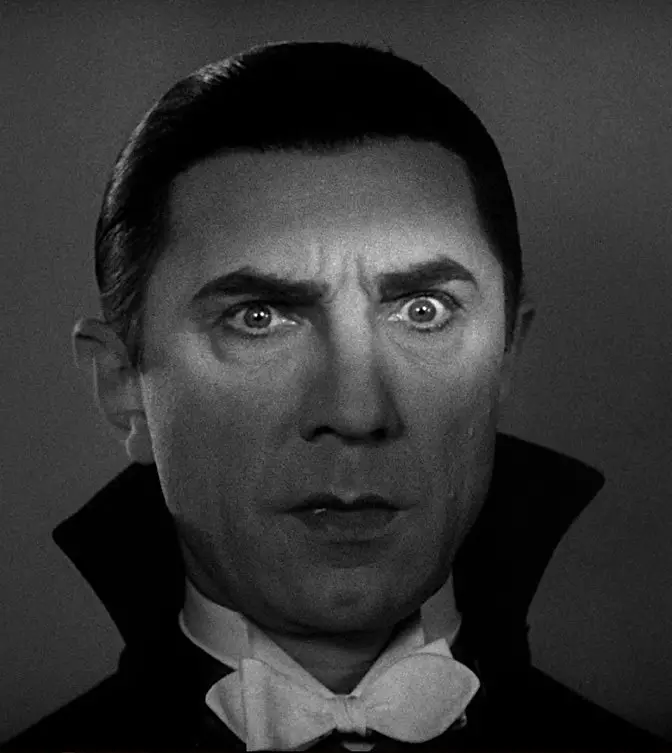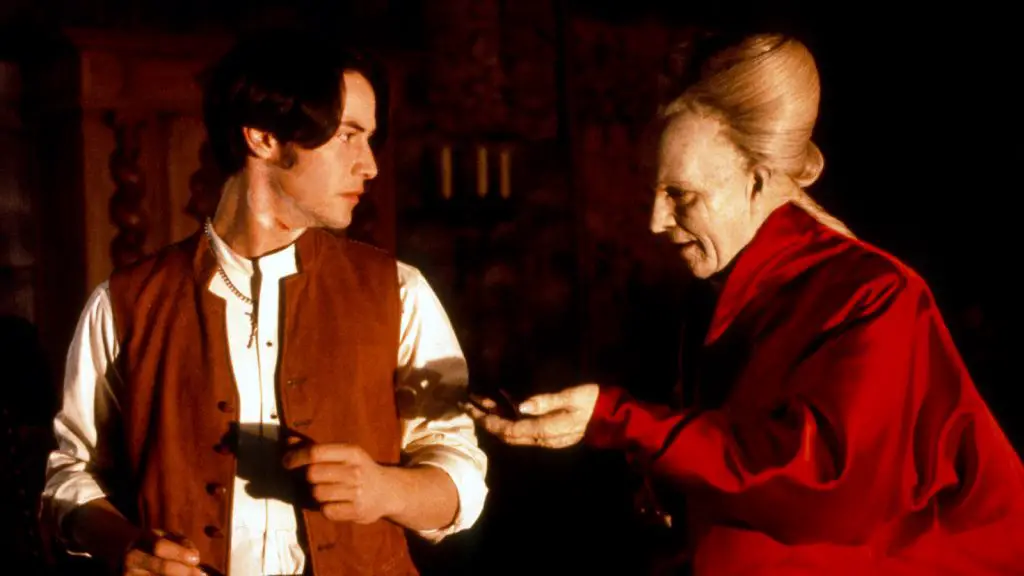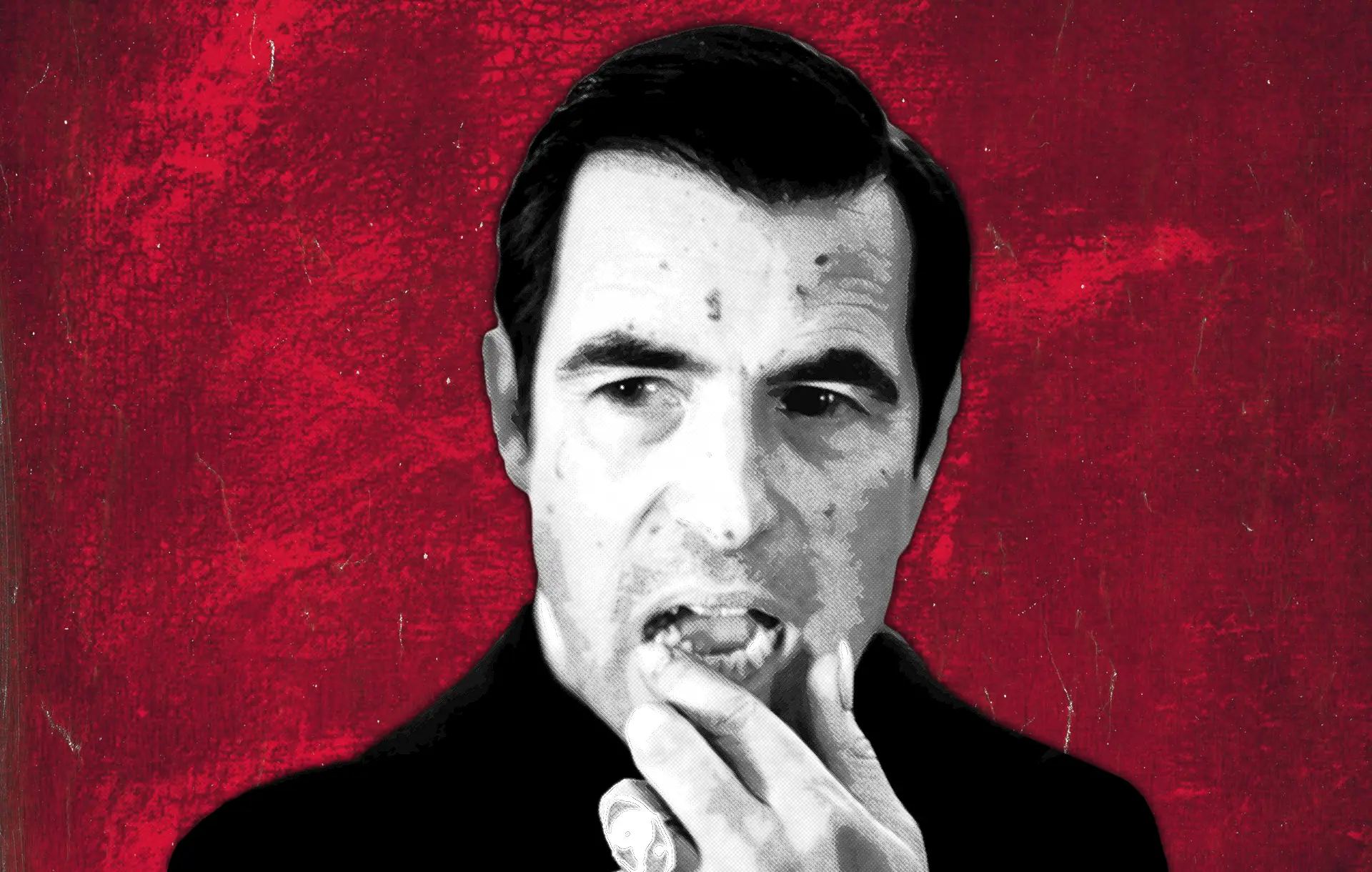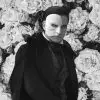For many years Francis Ford Coppola’s Dracula was regarded as a classic. Many thought the Gothic retelling to be awesome and unparalleled and that Gary Oldman was unrivaled as the master of the cape and fangs. Then 2020 saw the resurgence of the hall of fame monster who’d be adapted time and time again. A three-part mini-series starring Claes Bang was created by Mark Gatkiss and Steven Moffat – the creative team from Sherlock. The Danish actor’s portrayal put fresh blood back into this century-old legend with a performance that is as mesmerizing as it is terrifying. It has you hanging on edge for his next appearance. So much so that when he finally delivers, there’s no let down: he brings everything to the role.

From Print to Screen: Translating Horror
For those who are acquainted with Dracula, both Bram Stoker’s original story and the popularized ’90s film, the first episode already bears the harbinger of doom, for the young visiting lawyer is to become prisoner to an ancient evil that terrorizes the village folk. Count Dracula invites Jonathan Harker to his estate in Transylvania on the grounds of business, having purchased lands in Carfax, England. Harker’s host laments that he suffers around people who are ‘without flavor’ and insists that the young accountant must stay with him and educate him on language and customs. Harker begins to protest on the grounds that he is a lawyer not a teacher, when the Count tells him:
“There will be no need to teach. Simply remain at my side and I shall…absorb you.”
It is here that we encounter a new addition to the Dracula legend. As the vampire feasts on each victim, he acquires character traits, knowledge, accents, and even memories. As both the book and the series espouse in one form or another: ‘Blood is Lives.’ It is a source of the creature’s sustenance and strength, but more so this supernatural quality allows him to learn and adapt. It’s a thrilling sequence, watching Claes Bang transform from decrepit, aging aristocrat into erudite British man with all the manners of society. He is in many ways still a man, but one twisted into a cruel, demonic form of life.
The Danish actor’s portrayal put fresh blood back into this century-old legend
While the threads of the original story are still there, including a well-teased out journey by sea aboard The Demeter, the series deviates in a number of interesting ways. Discarded plots no longer have Professor Van Helsing come to Dr. John Steward’s aid when his friend, Lucy Westenra, begins suffering a mysterious illness. Instead he is replaced by two characters, one of whom is Sister Agatha van Helsing of Saint Mary’s convent in Budapest. She is one of the nuns who cares for Harker and claims expertise in the realm of witchcraft and the occult. The series also has a different fate in mind for Jonathan Harker which begins with the story of his escape from Dracula’s castle and the truly horrifying way the rest of his story plays out. Lastly, Bram Stoker’s 1897 novel had Harker and his associates kill the vampire as he sleeps in his coffin however that ending never happens. The creators of the series play around with timelines in such a way as to bring the immortal Count into the present day after slumbering at the bottom of the sea near the British Mainland for one hundred and twenty-three years. Lastly, the creators delve into the ‘rules of the beast,’ examining what in old parlance was it means to be ‘cursed’ and ‘damned.’ It may be less about being accursed than it is the long-held habits of a nocturnal creature that is despised by all and unwelcome everywhere.

The Count and the Cursed
In an age where people clamor for longevity and where death is conceptualized as a disease that can be ‘cured’, it’s curious to note our insatiable desire for biological immortality, whether through science or the realms of fiction. For all the horror represented by vampiric blood drinkers, we still nevertheless marvel at the way such characters transcend time and the frailties of human mortality.
Real or not, Count Dracula still bears his own weaknesses, and the myriad movies, books and series continuously add to his legend. In the 2020 series, he cannot enter an abode without an invitation, something that is mirrored in the damned in Steven King’s Salem’s Lot, and he fears the cross and avoids sunlight – even though he doesn’t fully understand why. In this present version, he only believes that sunlight will harm him whereas in Blade, apart from the Daywalker and Deacon Frost, any contact with this natural light is instantly fatal.
Where death is conceptualized as a disease that can be ‘cured’, it’s curious to note our insatiable desire for biological immortality
Coffins, as explained in Interview with the Vampire, are a necessity to the regeneration of the undead, however feeding somewhat differs: in the 1994 film, feasting on humans alone seems to be partly, a pseudo-moralistic choice of the vampire. In all of the tales, one thing seems more or less shared by the popular versions: that Dracula or a head vampire is the origin of all cursed bloodlines and that he was once a mortal man.
In the 1992 film, Bram Stoker’s Dracula, the Count was a Romanian knight of the Order of Dracul or Dragon who renounces God and embraces darkness. In the Underworld series, a Hungarian warlord passes on a genetic mutation to his progeny. So when his son, Marcus Corvinus, was bitten by a bat, he became the first vampire. And in The Vampire Lestat, Anne Rice’s second book of her Vampire Chronicles, Lestat discovers ‘Those Who Must Be Kept’: two of the oldest living vampires who became possessed by evil spirits and eventually turned away from the world, adopting a silent, stone-like stillness for many hundreds of years. Lestat learns from their caretaker that anything that happens to them affects all the race of damned.
Master of the Undead
It is impossible to deny Count Dracula’s pure magnetism on screen. Bram Stoker’s creation described him as being panther-like and possessing inhuman strength and in this new series we see how he is able to manipulate and absorb others for his own purpose. Yet, it also reveals the inherent weaknesses in his immortality. Living off the blood of the innocent has granted him an unnatural longevity, but for all his powers he still bears certain supernatural vulnerabilities. He fears the sign of the cross, cannot enter any abode without invitation and the very source of his strength is an addiction he has no control over.
If anything, despite all the plot changes, the 2020 version of the legend gives us a character that fears his own mortality as much as anyone else. Although we don’t know a great deal about his origin, what brings the horror into the present is that he was once a mortal man: a warrior from a long line of warriors. What possesses a man to continue to live a life of evil, so shunned and feared, even after experiencing such a dramatic transformation? Maybe it brings a real classic human trait to the surface: that, given the chance, temptation may lead some to do anything to preserve their intellect beyond the death of the body.




